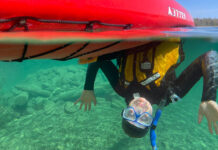In 1952, surfing pioneer Jack O’Neill adapted technology developed by the University of California physicist Hugh Bradner to manufacture the first commercial wetsuit. O’Neill’s invention and its motto proclaiming, “It’s always summer on the inside,” ushered in the modern watersports we know and love by transforming cold water from a death zone to a playground.
Seventy years later, it’s worth taking a moment to appreciate the humble black rubber wetsuit, oft-maligned for being perpetually damp and malodorous, and its ongoing relevance to making paddlesports warmer and more affordable for all.
In praise of the unfashionable, functional and affordable wetsuit
Nowadays, many paddlers think we’ve left the wetsuit behind. I know I did. Drysuits have always had more cachet. Even when I learned to paddle spring whitewater back in the early 1990s, the wetsuit was on the outs. All the instructors and the grownups with means wore early drysuits, signaling nobody wore a wetsuit if they could afford otherwise.
I still remember my first winter kayaking trip after I got my new Kokatat drysuit. One crisp morning while my pal grimaced at the chill of his clammy neoprene and damp booties, I donned my bright mango Gore-Tex overtop with its fuzzy fleece liner and strutted down the beach feeling like I was snug at home in my PJs.
“Ahh, there’s nothing like the feeling of dry socks in the morning,” I boasted with the same smugness I now feel driving past gas stations in my electric car.
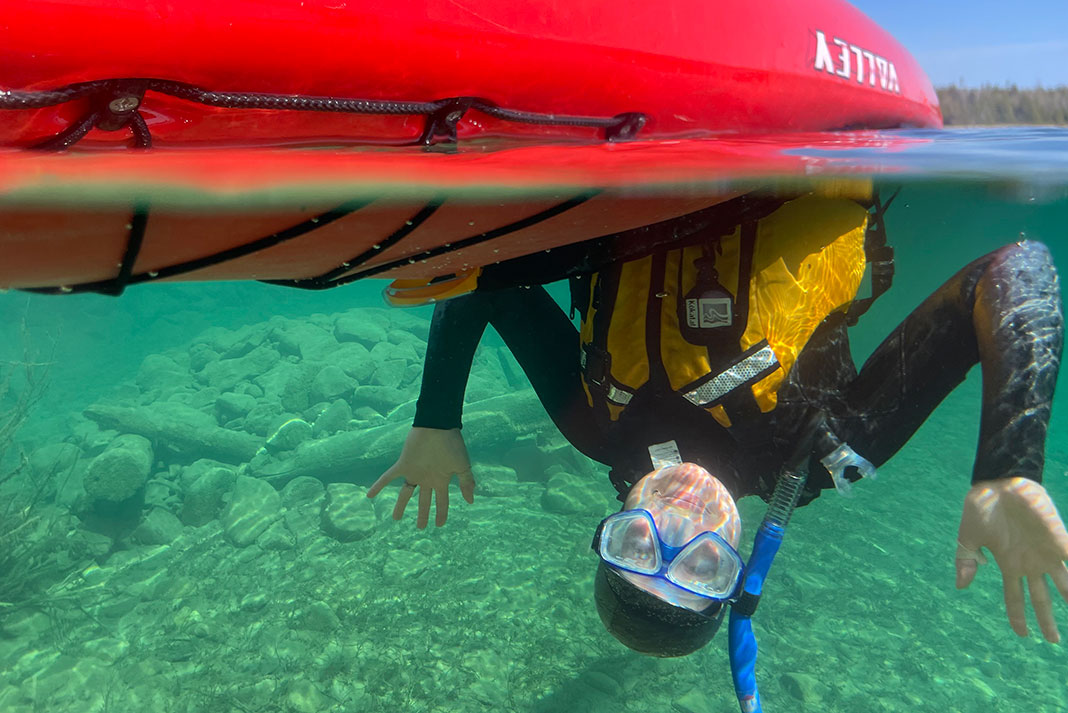
Wetsuits get their second wind
Back then it seemed like the wetsuit would be relegated to the Rubbermaid bin of history. In my household, it was. I thought I’d never look back. Fast forward to today, however, and the versatile wetsuit is still going strong. With the increasing participation in outdoor adventure sports, wetsuit sales are expected to double over the next 10 years, creating a $3.4-billion market.
Wetsuits still play an important role in the paddling wardrobe. Back in 2002, while my contemporaries got jobs or trekked overseas, I took off on an 80-day kayak trip. Ostensibly celebrating the end of university, I might as well have been hailing the fiftieth anniversary of the wetsuit. For that whole summer, my paddling uniform was a sleeveless Bare wetsuit, paired with little more than a quick dry T-shirt, a paddling jacket and a pair of sandals. I donned that ‘prene and launched into the North Pacific, confident if my Current Designs Expedition ever capsized, the warm water trapped by my rubber second skin would buy me time to self-rescue.
I loved the sheer simplicity of the outfit, like an artificial layer of seal blubber keeping me both warm and cool. I paddled all summer in that rank suit, jumping into the ocean and streams to flush it clean regularly. I don’t remember ever being as uncomfortably hot as I was in later years wearing my fancy-ass drysuit.
Make your peace with getting wet
Wetsuits are long-lasting, not so much because of their durability as their ability to continue functioning once they start to wear out. You can wear the holes in your wetsuit like a dirtbag badge of honor, forever patching them up and enjoying the confidence of wearing something that can’t leak any more than it already does.
You have to keep fastidiously abreast of the leaks in your drysuit. I’ve lost count of the number of infuriating pinholes I’ve sprung in my precious drysuit socks. I’ve also had to replace the gaskets in my drysuit multiple times. And speaking of gaskets, there is the question of the neck gasket—whether to have one and semi-strangle yourself for the sake of hypothetical hermetic dryness. Or, to go the semi-dry route, opting for a loose neck cuff that allows your brain to remain oxygenated but will leak in any event you get submerged past your shoulders.
Wetsuit-wearing is, I’d argue, a more Zen way to approach water. In a wetsuit, wetness is your friend. Who can forget the experience of first jumping into cold water in a wetsuit, when some veteran reassured you that, although it would feel cold at first, the water in the suit would warm up. And, by peeing in it, you could accelerate the process.
All those questions of wearing the right clothes and keeping the wetness where wetness belongs are negated. This frees up space in the brain for other things, like meditatively paddling and enjoying the scenery—and releasing your bladder whenever it strikes your fancy, as carefree as a baby. The wetsuit is as close as you can get to wearing nothing at all, the immersion-gear equivalent of skinny-dipping. We paddlers are always seeking oneness with the water, and that’s a lot easier when you’re not obsessively trying to keep it out of your clothes.
An affordable alternative
Let’s not forget the best feature of wetsuits: They’re cheap. A proletarian counter to the elitism of the drysuit, wetsuits are in tune with kayaking’s anti-establishment roots. I bought my drysuit 15 years ago on a pro deal when I was working full-time for this magazine. Which is to say, I did not have to take out a loan or get a second job to pay for it, as I would today. For whatever protection it provides against the shock of cold water, the current price of that fancy top-of-the-line drysuit is sure to take your breath away—it’ll set you back as much as I once shelled out for my first fiberglass kayak.
While inflation rages, wetsuit pricing remains preternaturally static. I would challenge an economist to explain how you can still get a three-millimeter Farmer John for just over $100, the same price today as it was 30 years ago.
Maybe it’s because wetsuits last forever, so there is no demand. Or, predictably black, they’re always in fashion. Or maybe it’s because wetsuits literally grow on trees—now often made of natural rubber, sustainably harvested from FSC-certified tropical forests—and are decorated and trimmed with garbage, including scraps of recycled pop bottles and discarded tires.
Meanwhile, my astronautical Gore-Tex drysuit is faded and shows its age in more ways than just its out-of-style color. The gaskets are all old and gummy, it no longer beads water, and I just blew out the neck again and haven’t gotten around to repairing it. So, I’ll soon be reaching into that Rubbermaid for my old circa-Y2K Bare, which is still going as strong as it smells. After thousands of kilometers, some peeling around the edges of the knee pads is the only sign of wear. Nothing the half tube of Aquaseal in my freezer won’t fix.
At 70 years old, the oldest wetsuits are just entering their golden years. And that makes mine barely middled-aged, just like me. It’s got a lot of trips in its future.
Inspired by his own thoughtfulness in writing this column, Tim Shuff wore his old wetsuit out for a single day of spring paddling. It’s now back in its Rubbermaid bin. He’s since replaced the neck gasket on his drysuit. Shuff is a former editor of Adventure Kayak magazine.
It may be perpetually damp and smell funky, but the versatile wetsuit has faithfully served snorkelers, kayakers, surfers, rafters and divers since 1952. | Feature photo: Virginia Marshall




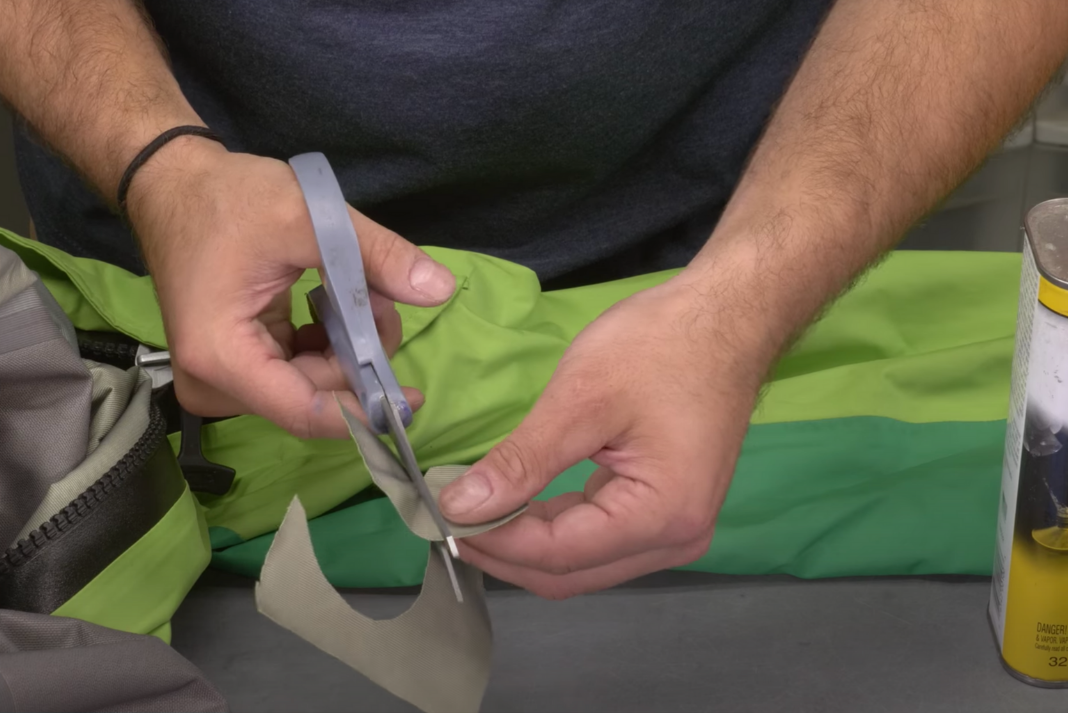
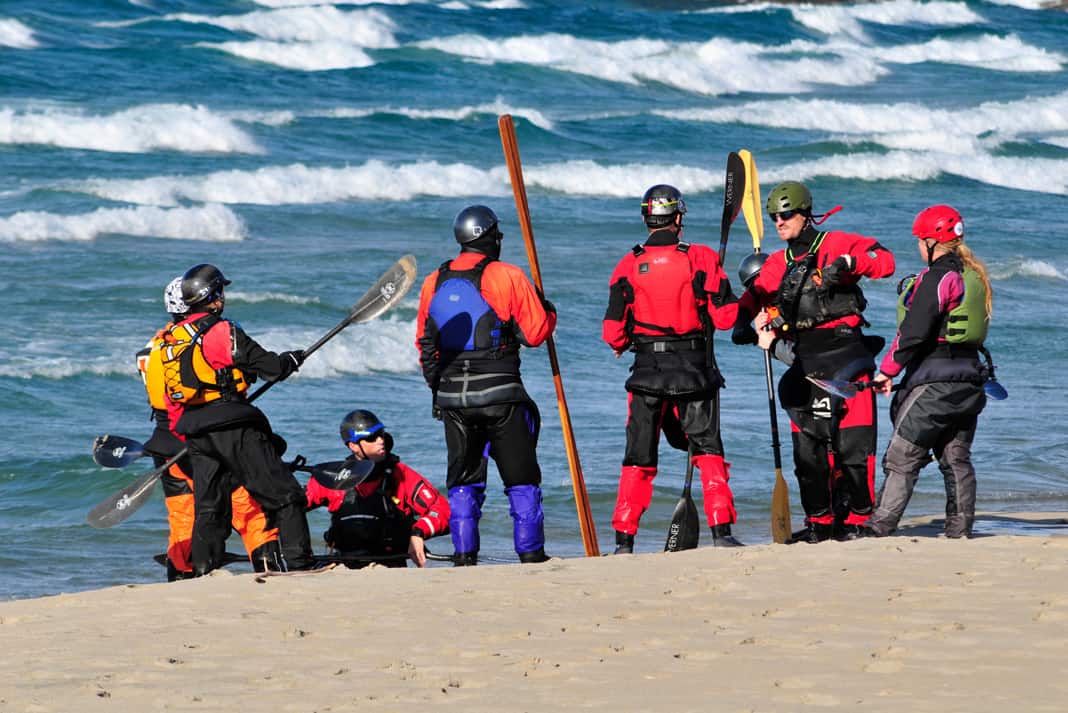
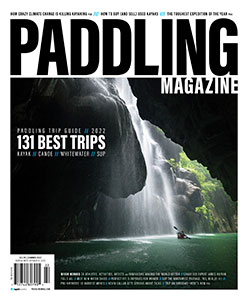 This article was first published in the Summer 2022 issue of Paddling Magazine.
This article was first published in the Summer 2022 issue of Paddling Magazine. 